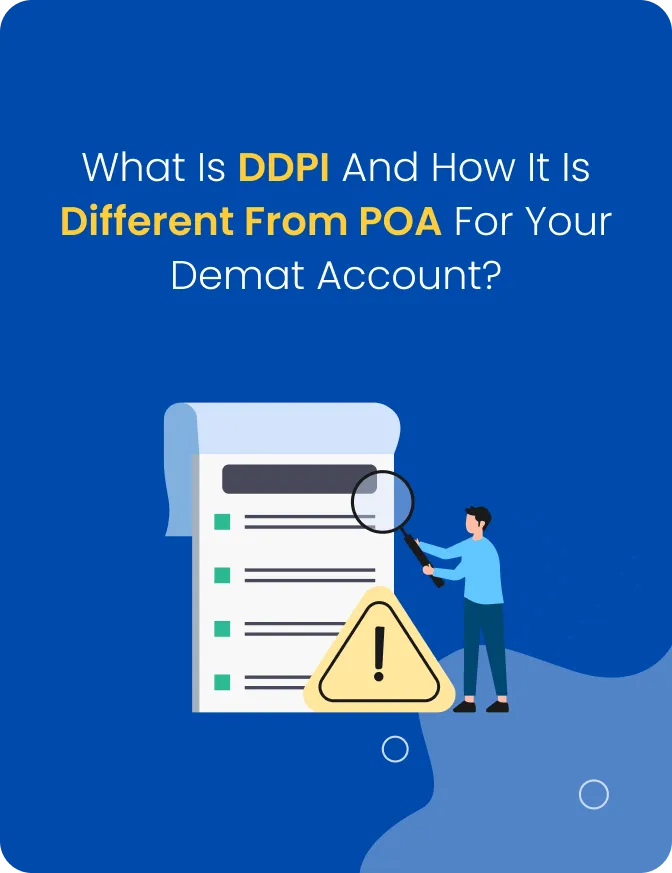Rebalancing your Portfolio
Pranavi
28 Feb 2025Tags:
Investing
Rebalancing keeps your portfolio aligned with your goals and risk tolerance.
- It helps lock in gains and control risks caused by market fluctuations.
- Can be done periodically (e.g., annually) or when asset allocation drifts beyond set limits.
- Improves discipline by reducing emotional decision-making in investing.
- May enhance long-term, risk-adjusted returns.
What is Rebalancing and why is it important?
Rebalancing is the process of realigning the weight of assets in your investment portfolio back to your original or desired allocation. Over time, market movements can cause certain investments (like stocks or bonds) to grow or shrink faster than others, shifting the balance of your portfolio.
Why it’s important:
Maintains risk level: Ensures your portfolio doesn’t become riskier than intended.
Locks in gains: By selling over-performing assets and buying under-performing ones, you capture profits systematically.
Disciplined investing: Keeps emotions out of decision-making and helps you stick to your long-term strategy.
Improves returns consistency: Reduces the chance of heavy losses from being overexposed to one asset class.
In short, rebalancing helps investors stay on track with their goals while managing risk effectively.
Suggested Read: Why Having Multiple Portfolios is a Smart Decision?
Assess Current Allocation:
The first step is to review your portfolio’s current asset allocation. This includes examining the percentages allocated to each asset class, such as stocks, bonds, real estate, and cash.
Set Target Allocation:
Next, we will define a target allocation that aligns with your investment goals, risk tolerance, and time horizon. For example, this could be a mix of 60% stocks and 40% bonds or another proportion that suits your needs.
Compare Current Allocation vs. Target:
We will then compare your current portfolio allocation with the established target to identify any assets that are overweight (exceeding the target) or underweight (falling short).
Set Rebalancing Frequency:
You can choose between time-based rebalancing at fixed intervals (quarterly, semi-annually, or annually) or threshold-based rebalancing when an asset class deviates by a specific percentage from its target allocation (e.g., exceeding or falling below by 5%).
When or how often should you rebalance your portfolio?
You should rebalance your portfolio either on a fixed schedule or when your asset allocation drifts too far from your target.
Time-based rebalancing: Many investors review their portfolio every 6 months or once a year.
Threshold-based rebalancing: If an asset class (like equities or bonds) moves 5–10% away from your intended allocation, it’s a good trigger to rebalance.
Combination approach: Some investors check yearly but also rebalance sooner if market volatility causes big shifts.
Conclusion
Portfolio rebalancing is not just about adjusting numbers—it’s about protecting your wealth, managing risk, and staying true to your long-term financial goals. By reviewing and realigning your investments regularly, you ensure that market fluctuations don’t dictate your financial future. Start rebalancing today to keep your portfolio healthy, disciplined, and on track for success.
Please feel free to reach out if you have any questions about this process or if there's anything specific you'd like us to discuss further.
FAQ
How does portfolio rebalancing work?
Portfolio rebalancing is the balance between risk and reward, helping your investments stay aligned through market ups and downs. It adjusts your holdings as market conditions shift. For example, if your target allocation is 60% stocks and 40% bonds, rebalancing ensures you maintain that mix over time.
When should you rebalance your portfolio?
Most experts suggest rebalancing your portfolio on a regular basis, usually every six to twelve months. If you’re working with a financial advisor, they can guide you on the right rebalancing strategy to ensure your portfolio stays aligned with your long-term goals.
Can I rebalance my portfolio without paying taxes?
You can rebalance by channeling new contributions, adjusting how dividends are reinvested, or reallocating within tax-advantaged accounts. These strategies help keep your portfolio aligned with your goals while minimizing costs and potential tax implications from selling investments.
Does rebalancing increase returns?
Rebalancing often enhances a portfolio’s Sharpe ratio, leading to stronger risk-adjusted performance.
Pranavi
28 Feb 2025Related blogs


SEBI’s New Algo Trading Rules: How They Impact Retail Traders
SEBI has introduced new algo trading rules to regulate API-based trading, enhance security, and formalize retail algo trading in India. Learn how these changes impact traders.


What is DDPI and how it is different from POA for your Demat account?
What is DDPI and how it is different from POA for your Demat account


What Is Securities Lending And Borrowing (SLB) And How To Avail It?
Securities Lending and Borrowing (SLB) allows investors to lend their idle stocks and earn additional income, while traders or institutions can borrow stocks to meet short-term trading or delivery needs.


Key Metrics for Effective Trading: What Every Trader Should Know
Tracking key trading metrics like win rate, risk-reward ratio, and ROI helps traders refine strategies, minimise risks, and improve profitability.
Sign up to our newsletter !
Share this article on
Recent articles
Tags:
Open a Demat Account in just 15 minutes !

Click on open
account below

Fill out some
basic details

Upload your
documents

Start trading in
24 Hours *
Commonly asked questions
Is Master Capital Services Limited SEBI registered?
Do you have a mobile app for Trading and Finance Management?
What services does mastertrust provide?
What is the minimum investment required to start trading with your company?
Is my personal and financial information secure with your company?
What is your customer support availability?





